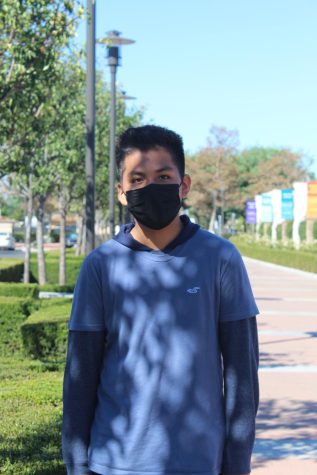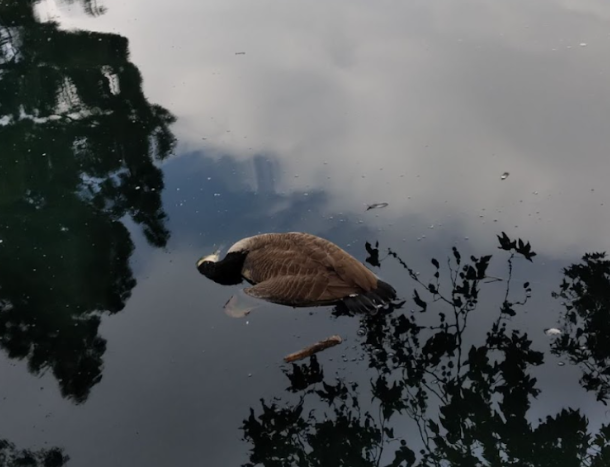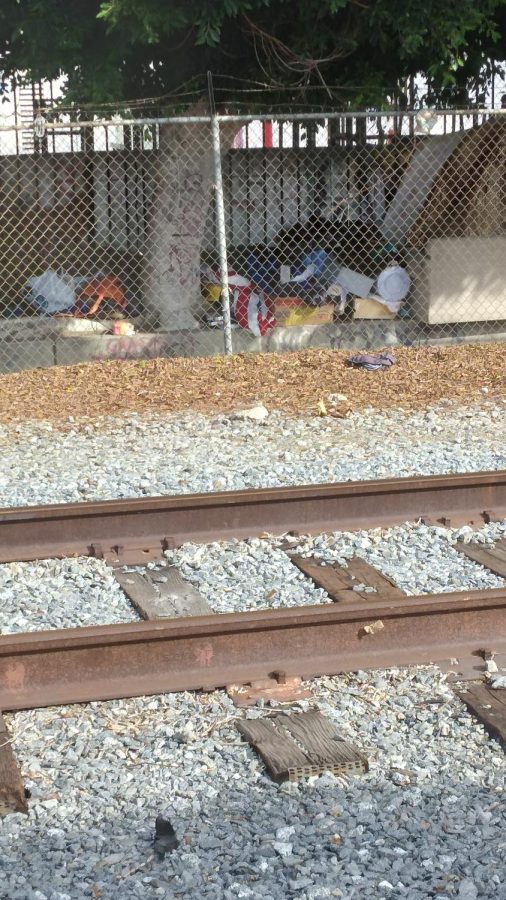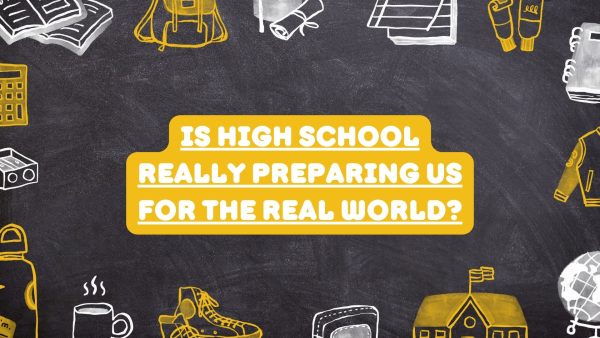The devastating environmental impact of trash
While Team Streets was doing a park clean up, they found a second dead duck floating in the water. Their prediction is that it ate something it wasn’t supposed to, starved or drowned.
Most people notice trash laying on the ground but hardly ever pick it up. Anyone can find trash outside at any time. Many don’t realize that this is a problem. It can contaminate water, pollute the air, and so much more. Trash that is improperly disposed of travels to many different places like the ocean which is filled with life.
The ocean is filled with marine wildlife and a gorgeous ecosystem which is being destroyed by us. These creatures may believe that it’s their meal, yet they may not realize that it’s our trash they’re consuming. Animals are not the only ones in danger because of our trash. But, we are also getting ourselves in trouble. The reason why is that trash can pollute the air, ocean, and even the ground. What we are trying to find out is how it led to where we are right now and how trash has made an impact on the environment.
President of Team Streets and junior Saul Miguel is concerned about how trash impacts our community.
“Trash affects our city and makes it not look good, and gives the wrong impression,” he said.
This tells us that trash can not only affect us but our city.
Miguel said, “I have found many dangerous items like sharp objects, knives and there are many homeless people that have been encountered while cleaning.”
Many volunteers find dangerous and hazardous items when cleaning our neighborhoods. Many of these items are found because of the homeless who make the parks their home. People do not feel safe visiting these parks because of this, and some have stopped visiting because it has been trashed and it is not safe for children.
Miguel said, “Trash goes to the ocean by the wind and parks, like in ponds where trash mostly stays.”
Which is what Centennial Park looks like. It’s filled with trash on the water, and the volunteers and I found two dead ducks in the water, not moving at all, and just floating on the water along with trash. We also encountered a blind duck. We knew it was blind because of the color of its eyes and how scared it acted.
Miguel said, “Trash affects our whole environment like for example animals which can kill them.”
This may be true, because, in Centennial Park, we found out that the water has more trash than the trash we found on land. There were turtles, fish, and birds. This matters because the water is not clean and we encountered some creatures that were dead.
When we first began picking up trash, I noticed that there were many personal objects like clothes, shoes, plastic bags, and so much more at Santiago Park as if someone lived there. But what makes Centennial Park different is that there was trash in the water where people fish, where birds swim, and where turtles live. This is a problem because these creatures can get sick and die. We can get sick by consuming food that has made contact with trash.
According to the EPA (U.S. Environmental Protection Agency), trash can break down into small pieces and can become small particles. It can be harmful to us especially when it’s plastic.
According to the EPA, “The plastics break down into smaller particles as a result of ultraviolet (UV) radiation, mechanical forces, and weathering. Evidence is adding up that plastic debris, including resin pellets and fragments, transfer PBTs to organisms when consumed.”
Future co-President of Team Streets Jerry Gallardo said, “There are a lot of reasons why trash is bad. Although the effects of someone littering won’t be immediate, it does build up into bigger problems. The long-term effects could include bad air and pollution; these would both be detrimental to the environment.”
Trash may not be a problem now, but it is slowly becoming a problem. It can be mistaken for food, and not only can hurt the environment but also kill these creatures.
According to the EPA, “The potential for plastic ingestion is largely associated with situations where plastic particles can be mistaken for food. For example, sea turtles readily consume plastic bags and other floating debris that appear similar to their gelatinous prey, jellyfish. Predatory organisms, such as fur seals, may indirectly consume plastics through consumption of ocean fish and other prey that have consumed plastic particles mistaken for food.”

I have a Red Crowned Amazon Parrot, my favorite color is gray, and I am the oldest sibling.






































